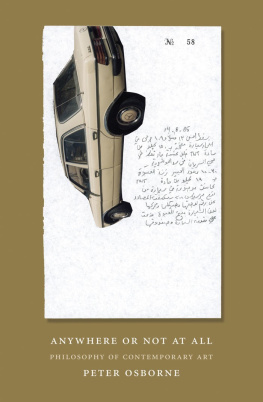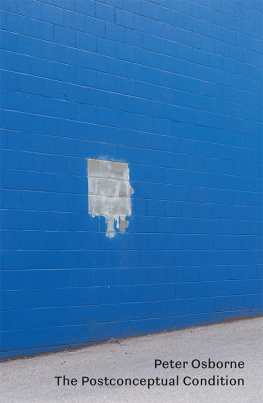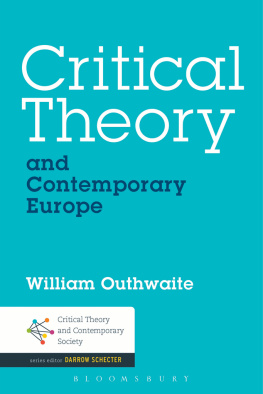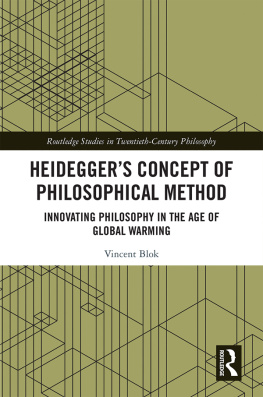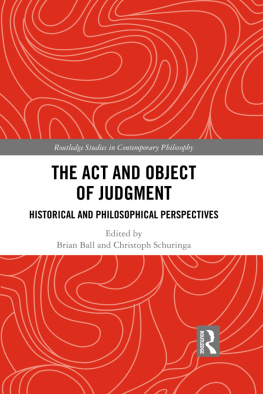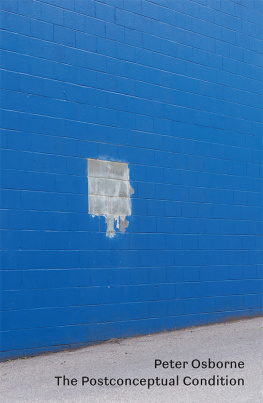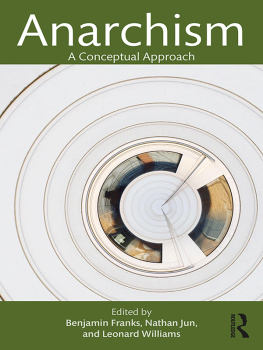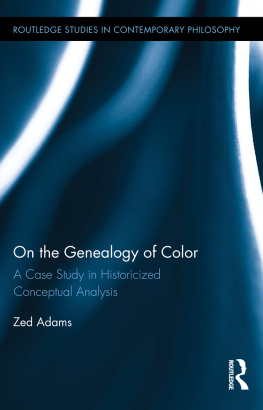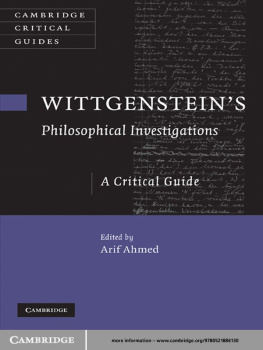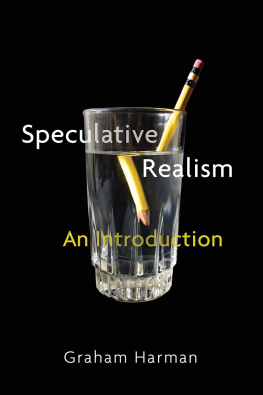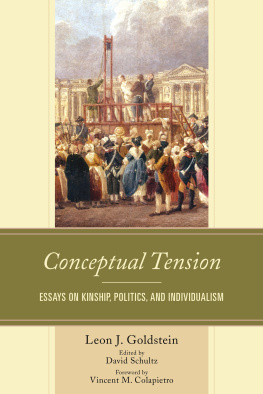ANYWHERE OR
NOT AT ALL
Philosophy of Contemporary Art
PETER OSBORNE

For Felix
Contents
In his joint biography of the French philosophers Gilles Deleuze and Flix Guattari, Franois Dosse tells the story of the meeting between Deleuze and the painter Francis Bacon, about whom Deleuze had recently written with much enthusiasm in his book Francis Bacon: Logic of Sensation . Bacon had apparently responded to the book with equal admiration: Its as if this guy were watching over my shoulder while I was painting. What was supposed to be a great meeting, Dosse recounts, turned into a disaster. Deleuzes editor, Joachim Vital, also a great admirer of Bacon, arranged the meeting. He described it as follows:
The meal was awful, as awful as their discussion They smiled at each other, complimented each other, and smiled again. We were flabbergasted by their platitudes. We tried to salvage the discussion, mentioning Egyptian art, Greek tragedy, Dogen, Shakespeare, Swinburne, Proust, Kafka, Turner, Goya, Manet, Van Goghs letters to his brother Theo, Artaud, Beckett. Each one tried to take the ball and run with it alone, ignoring the other one.
This often happens when philosophy meets art. When philosophy meets contemporary art, the situation can be even worse. Contemporary art is badly known. To transform our distance from it into that unique appearance of a distance, however near it may be, upon which experience of its art character depends, however to use our ignorance as a spur to knowledge is more difficult than is suggested by most of the writing that this situation provokes. To make contemporary art the object of some kind of reflective philosophical experience in an affective engagement with the most fundamental claims made upon us by such art seems, at times, almost impossible. This is ironic given the well-remarked-upon conceptual character of so much contemporary art. Yet it is precisely this conceptual character that is most often the source of misunderstanding: the idea that such art requires no more than a conceptual interpretation, for example; or that such an understanding is purely or ideally linguistic, in the sense of being reducible to direct propositional expression. Straw conceptualism, as this might be called, is one means of sustaining ignorance about contemporary art (which does not mean that there are not some artists whose works are made of such straw). The alternative reduction of art to its aesthetic dimension pure sensuous particularity with which the projection of a straw conceptualism is often antithetically associated, is another. The idea that contemporary art is somehow exempt from historical judgement in the present, by virtue of its contemporaneity, is a third.
Perhaps the greatest barrier to a critical knowledge of contemporary art, though, is the common-sense belief that the phrase contemporary art has no critically meaningful referent; that it designates no more than the radically heterogeneous empirical totality of artworks produced within the duration of a particular present (our present); that it is, thus, not a proper part of a critical vocabulary at all. Certainly the expression is often used in that way. However, both the conceptual grammar of the phrase its dependence upon a difference from an art that is not contemporary and the affirmative inflection of this difference in current usage (contemporary art is more living, more actual, and thus to be valued more highly than other art with which it, paradoxically, shares time) mitigate against such an indifferent empiricism. So what kind of discourse is required to render the idea of contemporary art critically intelligible?
That is the question addressed in this book, in part experimentally, by trying to produce such a discourse. This is a discourse, first, that is neither merely empirical nor temporally inclusive. Not all art that is recently produced, or would call itself or be called by others contemporary, can be understood to be contemporary in an art-critically significant sense. Contemporary is, at base, a critical and therefore a selective concept: it promotes and it excludes. To claim something is contemporary is to make a claim for its significance in participating in the actuality of the present a claim over and against that of other things, some of which themselves may make a similar claim on contemporaneity. So, second, we need a discourse that is responsible to the general critical concept of the contemporary that is, which engages with the philosophy of time. The notion of the present at stake in arts contemporaneity is not a simple one. Nor does it stand outside of history. This means, third, that such a discourse must be reflexively grounded in the semantic history of the contemporary as a critical category, and attend to the peculiarly privileged role within it of its applications to art. Fourth, such a discourse, though reflexively historically derived, must nonetheless impose certain critical demands upon the art that it interprets. The dominant category of modernist art criticism was for many years, up until the 1960s, the category of medium. The subsequent dissolution of the limits of mediums as the ontological bases of art practices, and the establishment of a complex and fluid field of generically artistic practices, has posed new problems of critical judgement to which the concept of the contemporary represents an increasingly powerful response. However, this concept must be constructed rather than merely discovered. Finally, in recognition of both the individuality and the contingent historical character of art, a critical discourse of contemporary art can only develop through the interpretative confrontation with individual works. It must participate in the on-going critical history of art, as well as in the revival of a philosophical art criticism. Such, broadly speaking, is the kind of discourse about contemporary art that this book attempts to inhabit and to produce. Its outcome may be polemically condensed into a single and simple, speculative proposition: contemporary art is postconceptual art . For reasons of dialectical method, the book as a whole is required to get a sense of precisely what this proposition means in practice and how it functions interpretatively. I shall use the remainder of this introduction to expand upon the intellectual context, method and structure of the book.
Criticism, History, Philosophy
In 1965, as part of his response to a series of Charges to the Art Critic from the directors of a seminar on art education at Pennsylvania State University, and in studied contrast to the growing formalism of the dominant-but-declining modernist criticism of his rival, Clement Greenberg, Harold Rosenberg declared: Art criticism today is art history, though not necessarily the art history of the art historian. This assertion appears remarkable today, nearly fifty years later, and not just because of its insistence upon the historical dimension of a practice that has become ever more preoccupied with synchronic relations in particular, between art and other cultural forms. It is remarkable because, in asserting the independence of the historical dimension of criticism from the discipline of art history, it raises the fundamental but rarely discussed question of precisely what kind of art history art criticism is (or should be), and what its relations to the art history of the art historian might be. This is a question that goes to the heart of thinking about contemporary art, the privileged object of art criticism, not least because it concerns the historical, rather than the merely chronological, determination of contemporaneity. That is to say, it demands a commitment from art criticism to a certain philosophy of time.
Next page
